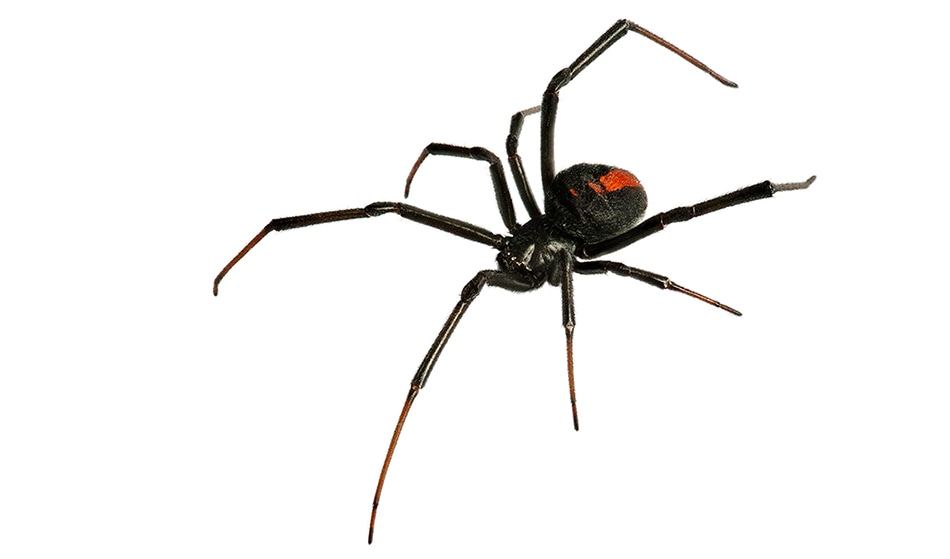-2.jpg) By Thomas HornigoldMar 7 2018
By Thomas HornigoldMar 7 2018Evolution has for millions of years been exploring the parameter space of possible designs for life-forms. It has done so blindly, with a degree of randomness, and guided only by natural selection.
 Image credit: iSKYDANCER/Shutterstock
Image credit: iSKYDANCER/Shutterstock
As a result, some of the structures ‘designed’ by evolution are far in excess of anything that we can design. For this reason, the field of robotics has always sought to draw inspiration from Nature. Some of these ideas date back to the old Soviet Union, where they attempted to observe productive workers in order to calculate the “precise swing of the hammer” that would most efficiently nail objects together. Even as early as the Renaissance, da Vinci observed the flight of birds to see how he could mimic them when designing his own flying machines. The fields of bionics and biomimicry are now active areas of research amongst biologists and roboticists alike.
Now, researchers at institutions including the University of Manchester are focusing on how to copy insects. Dr. Mostafa Nabawy is the Microsystems Research Theme Leader at The University of Manchester's School of Mechanical, Aerospace and Civil Engineering. He presented some of his research, "Spiders Attack: The rise of bioinspired microrobots" at Manchester's delegation to the Industry 4.0 summit. The summit focuses on the potential for blue-sky research, as well as more political issues such as Brexit, and regional science within the UK.
The concept of swarms of robotic insects might be something of a cause for concern, but Dr. Nabawy is focused on the potential industrial applications for robots that can mimic the features and biological attributes of these insects:
For our robotic spiders research, we are looking at a specific species of jumping spider called Phidippus regius. We have trained it to jump different distances and heights, recording the spider's every movement in extreme detail through high-resolution cameras which can be slowed down.
We are now using this biomechanical data to model robots that can perform with the same abilities. With this extensive dataset, we have already started developing prototype robots that can mimic these biomechanical movements and jump several centimeters.
Dr. Mostafa Nabawy
Famously, ants can carry several times their body weight in food (between 20 and 100 depending on the species of ant). It is the ratios that particularly interest the scientists because evidently the structures of insect bodies allow them to – proportionally – punch above their weight. The spider species examined in this research can jump six times its own length.
Dr. Nabawy’s background is in aerodynamics, so perhaps it’s natural that he should draw the same inspiration from the Flight of the Bumblebee as Rimsky-Korsakov did. Having previously worked on aircraft design, he’s now looking to the bees as a bio-inspired model:
The ultimate aim is to create a robot bee that can fly independently and we're quite a long way into that project. But there are also many different opportunities for brilliant science and engineering outcomes along the way so it is a very exciting process.
We're aiming to create the world's first robot bee that can fly unaided and unaccompanied. These technologies can also be used for many different applications, including improving the current aerodynamic performances of aircraft.
Or, imagine if the current trend of a declining bee population continues, swarms of robot bees pollinating crops and flowers could become a reality.
Dr. Mostafa Nabawy
Those amongst you who have seen the recent campaign against killer robots, with its now-infamous ‘Slaughterbots’ video, which depicts a near-future scenario where unchecked use of microdrones results in widespread destruction, might be concerned. But of course the research is still at the prototype stage, and the benefits of harnessing robotics for industry must be weighed against any risks. With any new technology there is a potential for human misuse: but, as a sheer intellectual exercise, synthesising robotics and biology to improve our understanding of both fields is tantalising.
Dr Nabawy is keen to point out that the bugs are very much still confined to the lab: “Don't worry: we are some way off swarms of flying mechanical bees and armies of mechanical spider robots.”
Disclaimer: The views expressed here are those of the author expressed in their private capacity and do not necessarily represent the views of AZoM.com Limited T/A AZoNetwork the owner and operator of this website. This disclaimer forms part of the Terms and conditions of use of this website.